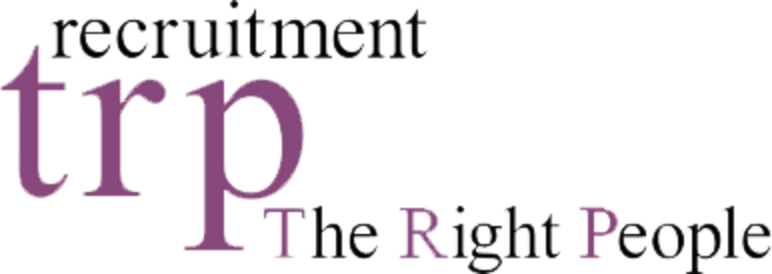
Flexibility In Today's Workplace
Many people insist that the flexibility in their jobs has greatly improved their work-life balance, providing more time for the things that matter to them. Today, however, we want to highlight the benefits of office working and why the "old school" method could be more beneficial for some.
Live Learning and Mental Wellness: In-person interactions offer invaluable learning experiences that are hard to replicate virtually. Observing how colleagues move, communicate, and tackle tasks in a business setting provides unique insights and opportunities for skill development. Moreover, these face-to-face interactions play a crucial role in maintaining mental wellness by combating the isolation and loneliness often associated with remote work. Human connection is essential for our well-being, and the spontaneous conversations in an office environment can significantly contribute to our mental health.
Guidance, Spontaneous Connections, and Cultural Bonds: Face-to-face settings facilitate hands-on mentorship and coaching, particularly beneficial for young professionals seeking guidance. Being physically present allows for quick discussions and problem-solving sessions that arise naturally throughout the workday. These connections not only enhance collaboration and innovation but also strengthen the bonds within teams, manifesting a shared sense of purpose and identity. Additionally, the office environment plays a vital role in shaping and reinforcing organisational culture.
Nonverbal Communication and Cultural Bonds: The nuances of nonverbal communication, such as body language and facial expressions, are essential for effective collaboration and understanding within teams. In face-to-face interactions, these cues are readily visible, which facilitated smoother communication and deeper connections between colleagues. Moreover, the physical presence of employees in the office strengthens the sense of belonging and enables a shared commitment to the organisation's mission and values. These cultural bonds are difficult to replace in a remote work setting.
Promotion Opportunities and Inclusion: Office work helps with increased visibility for employees seeking career advancement, as face-to-face interactions provide opportunities for recognition and networking that may not be as readily available in remote work environments. Furthermore, for marginalised groups, being present in the office ensures inclusion in important discussions, decisions, and opportunities for career growth. Visible representation and active participation in the workplace contribute to a more diverse and inclusive culture, benefiting both individual employees and the broader company.
What about Hybrid models?
Hybrid work models prioritise work-life balance while still creating a sense of togetherness and connection among colleagues. By offering flexibility in where and how work is performed, organisations acknowledge the diverse needs and preferences of their workforce while maintaining a supportive and collaborative work environment. This approach allows employees to manage their personal and professional responsibilities effectively while still feeling connected to their colleagues and the organization as a whole. Ultimately, creating a culture of togetherness promotes employee engagement, loyalty, and overall well-being.
⚖️ So, is a balance good? Where do you stand with remote and hybrid working? Do you feel the traditional "5-day-a-week in the office" model works, are you someone who enjoys a bit of both, or are you an advocate for full-time remote working?

